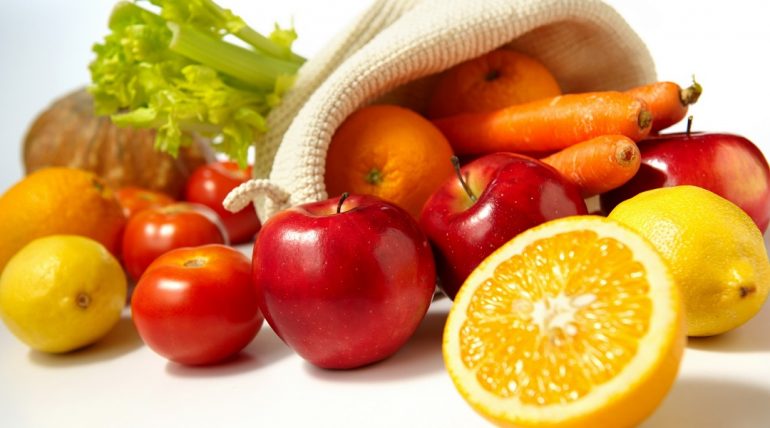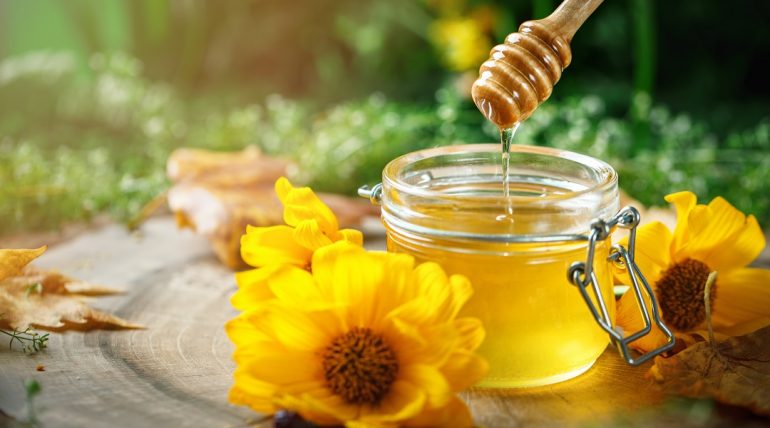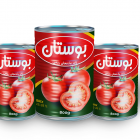Which are the best and healthiest nuts to eat?
They reduce cholesterol levels, help to lose weight, and even prevent cognitive deterioration. There is no problem in eating them because nuts have multiple capacities and enrich the diet.
Although they have bad press because of their high fat content, between 50% and 70%, and because of their energy density, 160 or 180 kcal per 100 grams, nuts bring more benefits than displeasure for health. In addition, in addition to being an excellent source of essential nutrients, they provide a high content of proteins, antioxidants, fiber, minerals and vitamins B and E.
To which is added that the fats they contain are ‘good’, that is, monounsaturated and polyunsaturated, which, as pointed out in the Mayo Clinic portal, “help to lower LDL cholesterol levels, lower triglycerides, decrease the coagulation of the blood and improve the health of the blood vessels”. With such properties, it is not surprising that the WHO recommends its inclusion in the framework of a healthy diet.
A handful a day
Moreover, the Spanish Heart Foundation advises eating 50 grams of dried fruit per day. Despite these indications, statistics reveal that one in three Spaniards never consume them and that less than 8% do so on a daily basis. In this sense, the medical community agrees to affirm that it is not convenient to leave aside the nuts.
Of course, we must take into account how they are consumed. The best way is to eat them in ‘raw version’, without additives or salt, or excluded from certain preparations. Moreover, although they do not have miraculous properties or cure diseases by magic, the truth is that they can cover various nutritional needs or help in the regulation of ailments.
You could say that there is a nut for every need:
Bone diseases: pine nuts and almonds
Almonds are the nuts that provide the most calcium, specifically 269 mg per 100 g. Therefore, they are a good option to complement or increase the levels of this mineral and prevent osteoporosis or combat bone discomfort. For their part, pine nuts contribute interesting amounts of zinc, 6.45 g per 100 g, which helps in the formation and mineralization of bones and joints.
The Spanish Heart Foundation advises the intake of 50 grams of dried fruit per day
Intestinal transit: nuts and pistachios
The shortage of fiber is, along with inadequate water intake and sedentary lifestyle, one of the main causes of constipation. With 10.6% of this nutrient, pistachios are good friends of the good functioning of the intestines. Closely followed by nuts, which contribute 6.5%, which makes them good enemies of constipation.
Cholesterol: hazelnuts, walnuts and almonds
These nuts have the power to contribute to the improvement of cardiovascular health. They are rich in monounsaturated and polyunsaturated fatty acids, which help maintain the health of blood vessels and control cholesterol levels. The most outstanding from the nutritional point of view is the nuts since they are the only dry fruit that contributes important quantities of omega-3.
This fatty acid is important because it helps reduce the cholesterol and triglyceride levels mentioned, as well as lower blood pressure. Hazelnuts and almonds lower blood lipid levels and homocysteine, an amino acid that in large quantities damages the lining of the arteries and increases the risk of blockage of blood vessels.
Diabetes: cashews, pine nuts, pistachios…
The data extracted from the study conducted by Dr. David Jenkins, published in the journal ‘Diabetes Care’, suggest that these nuts help control the levels of lipids and blood glucose in type 2 diabetics (always better without salt, obviously) .
On the other hand, it should be noted that they are rich in trace elements – minerals that the body needs in minimal amounts – especially magnesium. This is a coadjuvant of insulin resistance, which helps prevent the development of type 2 diabetes. The anarcardos, with 292 mg per 100 g, are the ones that contribute the most. For its part, pistachios also stand out for its high content of potassium -1,025 mg, whose deficiency prevents the control of diabetes.
Overweight: nuts, hazelnuts and almonds
Traditionally it has been linked to nuts with the increase in weight. However, it is not true and there are numerous studies that prove it. For example, the one published in the American Journal of Clinical Nutrition, which concludes, “diets rich in nuts, compared to different control diets, do not increase body weight, body mass index or body circumference. The waist. Our findings support the inclusion of nuts in healthy diets for cardiovascular prevention.”
The oiliest nuts, such as walnuts, almonds and hazelnuts, provide healthy fats and have a powerful satiating effect, which leads to a decrease in the consumption of other foods, often unhealthy.
Dementia: almonds and hazelnuts
Another of the benefits attributed to this type of fruits is its possible power in the prevention of cognitive dementia. Both almonds and hazelnuts are rich in vitamin E, which is related to less cognitive impairment and even a delay in it.
This is demonstrated by the US study conducted jointly by the Massachusetts General Hospital (HGM), the Bedford Medical Center, and the Harvard Medical School. Concludes, after the analysis of 540 patients in the Memory Disorders Unit of the HGM, that the intake of vitamin E delays the deterioration of cognitive functions in patients with Alzheimer’s.




